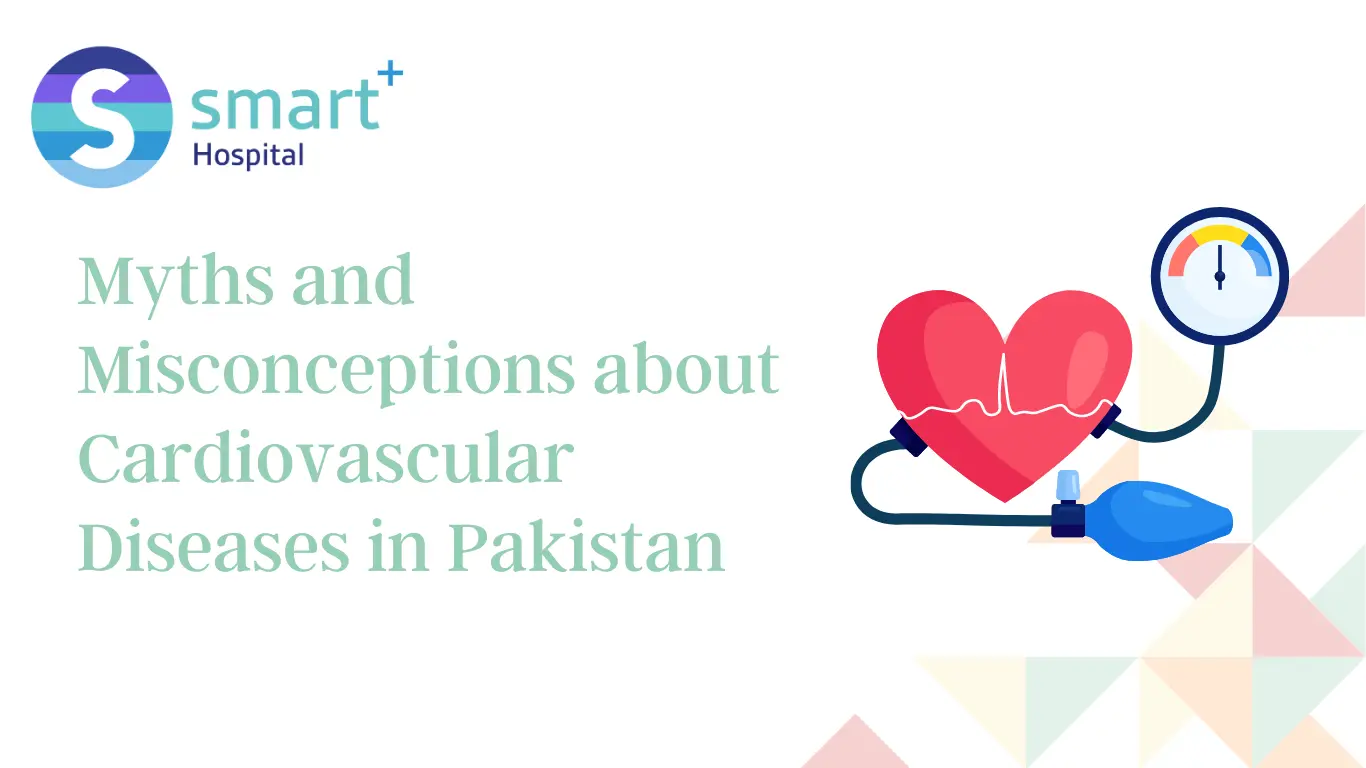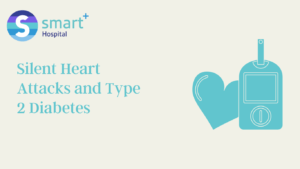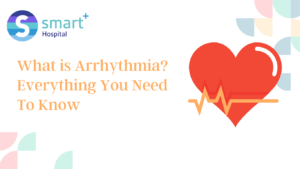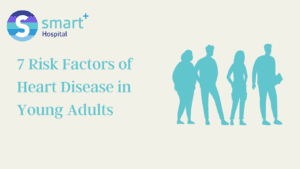Cardiovascular diseases (CVDs) have become a major concern in Pakistan, with a significant rise in the number of cases in recent years. However, along with the growing prevalence of these diseases, various myths, and misconceptions surrounding CVDs have also emerged.
It is crucial to debunk these misconceptions and spread awareness about the true causes, prevention, and treatment of cardiovascular diseases in Pakistan.
In this comprehensive guide, we aim to address and clarify some of the most common myths related to cardiovascular health in Pakistan.
Myth 1: Only Older People Are at Risk
There is a popular misconception that cardiovascular diseases only affect older people. However, CVDs can develop at any age, including in childhood.
People of all ages are at risk for cardiovascular diseases due to risk factors such as high blood pressure, high cholesterol, obesity, and smoking.
Therefore, individuals of all ages need to adopt a healthy lifestyle and undergo regular checkups in order to prevent and manage CVDs.
Myth 2: Cardiovascular Diseases Only Affect Men
Another myth that needs to be debunked is the notion that cardiovascular diseases primarily affect men. In reality, CVDs are the leading cause of death among both men and women in Pakistan. However, certain risk factors might differ between genders.
For instance, women may face an increased risk of developing heart disease after menopause due to hormonal changes. By dispelling the myth that cardiovascular diseases are gender-specific, we can encourage both men and women to prioritize their heart health through healthy lifestyle choices, regular exercise, and medical check-ups.
Myth 3: CVDs Are Inevitable and Cannot Be Prevented
A prevailing misconception is that cardiovascular diseases are unavoidable and cannot be prevented. On the contrary, research has shown that adopting a healthy lifestyle can significantly reduce the risk of developing CVD.
- A balanced diet rich in fruits, vegetables, whole grains, and lean proteins can help maintain healthy blood pressure and cholesterol levels.
- Regular physical activity, such as brisk walking, swimming, or cycling, strengthens the heart and improves cardiovascular health.
- Avoiding tobacco and excessive alcohol consumption is crucial for maintaining a healthy heart.
- Stress management techniques, such as meditation, deep breathing exercises, and engaging in hobbies, can help reduce the risk of cardiovascular diseases.
By promoting preventive measures and educating individuals about the impact of lifestyle choices on heart health, we can empower them to take control of their cardiovascular well-being.
Myth 4: Heart Attacks Only Happen to People with Obvious Symptoms
Many people believe that heart attacks only occur in individuals experiencing obvious symptoms such as severe chest pain or shortness of breath. However, it is important to note that heart attacks can manifest in various ways, and symptoms may differ between individuals.
- Chest pain or discomfort is a common symptom of a heart attack, but it can also present as discomfort in the arm, jaw, neck, or back.
- Shortness of breath, nausea, lightheadedness, or cold sweats may also be warning signs of a heart attack.
- Some heart attacks may have subtle symptoms or even no symptoms at all, especially in individuals with diabetes or older adults.
Recognising these symptoms promptly can save lives by enabling early medical intervention. It is crucial to raise awareness about the diverse signs and symptoms of heart attacks and encourage individuals to seek medical attention if they suspect a heart attack.
Myth 5: Herbal Remedies Can Cure Cardiovascular Diseases
There is a widespread belief that herbal remedies and alternative therapies can cure cardiovascular diseases. While herbal remedies may offer certain health benefits, you should understand that they are not a substitute for evidence-based medical treatments.
- Medications prescribed by healthcare professionals, such as statins, antiplatelet agents, or beta-blockers, play a crucial role in managing cardiovascular diseases.
- Lifestyle modifications, including diet, exercise, and stress management, are essential components of cardiovascular disease management.
- Herbal remedies should not be used as a sole treatment for cardiovascular diseases, and it is crucial to consult healthcare professionals for accurate diagnosis, treatment, and management.
Myth 6: Young and Active Individuals Are Immune to CVDs
Many young and seemingly healthy individuals assume that they are immune to cardiovascular diseases due to their age and active lifestyle. However, certain risk factors, such as family history of heart disease, high blood pressure, and smoking, can increase the likelihood of developing CVDs, regardless of age or fitness level.
- Family history of heart disease can significantly impact an individual’s risk of developing cardiovascular diseases.
- High blood pressure, even in young individuals, can lead to the development of heart-related complications over time.
- Smoking damages blood vessels and increases the risk of atherosclerosis, a leading cause of cardiovascular diseases.
Engaging in regular cardiovascular screenings, adopting a heart-healthy lifestyle, and addressing modifiable risk factors is vital for everyone, irrespective of their age or apparent physical well-being.
Myth 7: Heart Disease Is a Death Sentence
One of the most detrimental myths surrounding cardiovascular diseases is the belief that a diagnosis of heart disease is equivalent to a death sentence. However, cardiovascular diseases are serious and require proper management, advances in medical science have greatly improved treatment options and outcomes.
- Medical interventions such as angioplasty, stenting, or bypass surgery can restore blood flow to the heart.
- Medications and cardiac rehabilitation programs help individuals manage their condition and improve their quality of life.
- Lifestyle changes, including a heart-healthy diet and regular exercise, can significantly reduce the progression of cardiovascular diseases.
With early detection, appropriate medical interventions, and lifestyle changes, individuals with heart disease can lead fulfilling lives. By dispelling the notion of hopelessness, we can instil optimism and motivate individuals to take proactive steps towards their cardiovascular well-being.
Conclusion
Breaking myths and misconceptions about cardiovascular diseases in Pakistan is crucial for promoting heart health and reducing the burden of CVDs. By addressing the common misconceptions discussed above and spreading accurate information, we can empower individuals to make informed decisions regarding their cardiovascular well-being.
It is never too early or too late to prioritize heart health. Let us work together to create a society where accurate knowledge, healthy lifestyle choices, and timely medical interventions are the pillars of Pakistan’s cardiovascular health.




